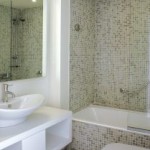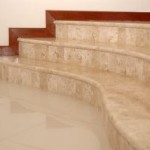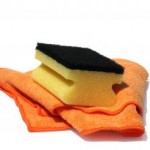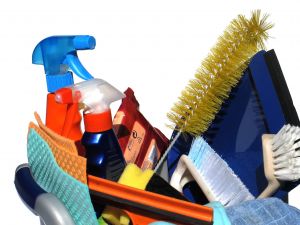Bleach has been used in households for ages and is still enjoying popularity amongst other cleaning products. In fact, some claim that it is irreplaceable. However recent studies and experiments proved that bleach is a very dangerous chemical and one that should not be used at all. Unfortunately, nowadays it is often used mixed with chlorine or sold under different labels.
Around a quarter of emergency calls from household accidents epicenters are chlorine and bleach related. While chlorine isn’t toxic to the body, the chemical reactions that often happen while using it produce extremely toxic products. These build up in the environment, cause dangers to the water supply, kill fish, harm animals, and enters our bodies through the food chain.
Bleach is also the cause of serious health problems. It is especially dangerous for people with allergies and asthma but can be the cause of respiratory problems, burned skin, and even damage to the nervous system. Often, the danger occurs not from the bleach or chlorine directly but from chemical reactions that occur when those are mixed with other products.
• Many people unknowingly mix chlorine with dish soap while cleaning the kitchen. This produces mustard gas, the same gas used to kill many people during World War I.
• Chlorine is also easily mixed with ammonia. The results of this cocktail is a toxic gas which may even stop lungs functioning in severe cases. Generally you will be able to see the fumes, but be aware as sometimes, they will remain invisible and you may not realize your are breathing in a potentially life threatening gas. We can carelessly create this reaction by mixing cleaning products or even cleaning toilet as our urine contains ammonia too.
• Chlorine also mixes with organic matter creating chloroform. This can happen in the house, while cleaning, but also outside of the house when mixed with organics in the environment. These reactions build toxin beyond your doors, neighborhood or even state borders.
There are always safer alternatives to bleach so follow our blog to find out more about this and for the time being, throw away that so familiar bleach bottle and turn away when you see it tempting you from supermarket shelves.

 We use our bathrooms everyday, therefore it is one of the most favourite places for bacteria to spread. Cleaning your bathroom should not be a hard work if done properly and regularly and you do not even need to invest in expensive products. You can do wonders by using the contents of your kitchen cupboard.
We use our bathrooms everyday, therefore it is one of the most favourite places for bacteria to spread. Cleaning your bathroom should not be a hard work if done properly and regularly and you do not even need to invest in expensive products. You can do wonders by using the contents of your kitchen cupboard. Marble tiles could be used and installed in bathrooms, hallways, pathways, and in many other home locations. One common use for marble tiles is for the flooring. Like all stone, marble is both heavy and brittle. When these factors are combined with poor handling or internal weakness, the marble is liable to break.
Marble tiles could be used and installed in bathrooms, hallways, pathways, and in many other home locations. One common use for marble tiles is for the flooring. Like all stone, marble is both heavy and brittle. When these factors are combined with poor handling or internal weakness, the marble is liable to break. Would you like to have a product that can clean you house as well as being kind to your family and the environment and saving you money and time? We have the answer you were looking for: micro-fibre cloths.
Would you like to have a product that can clean you house as well as being kind to your family and the environment and saving you money and time? We have the answer you were looking for: micro-fibre cloths.
